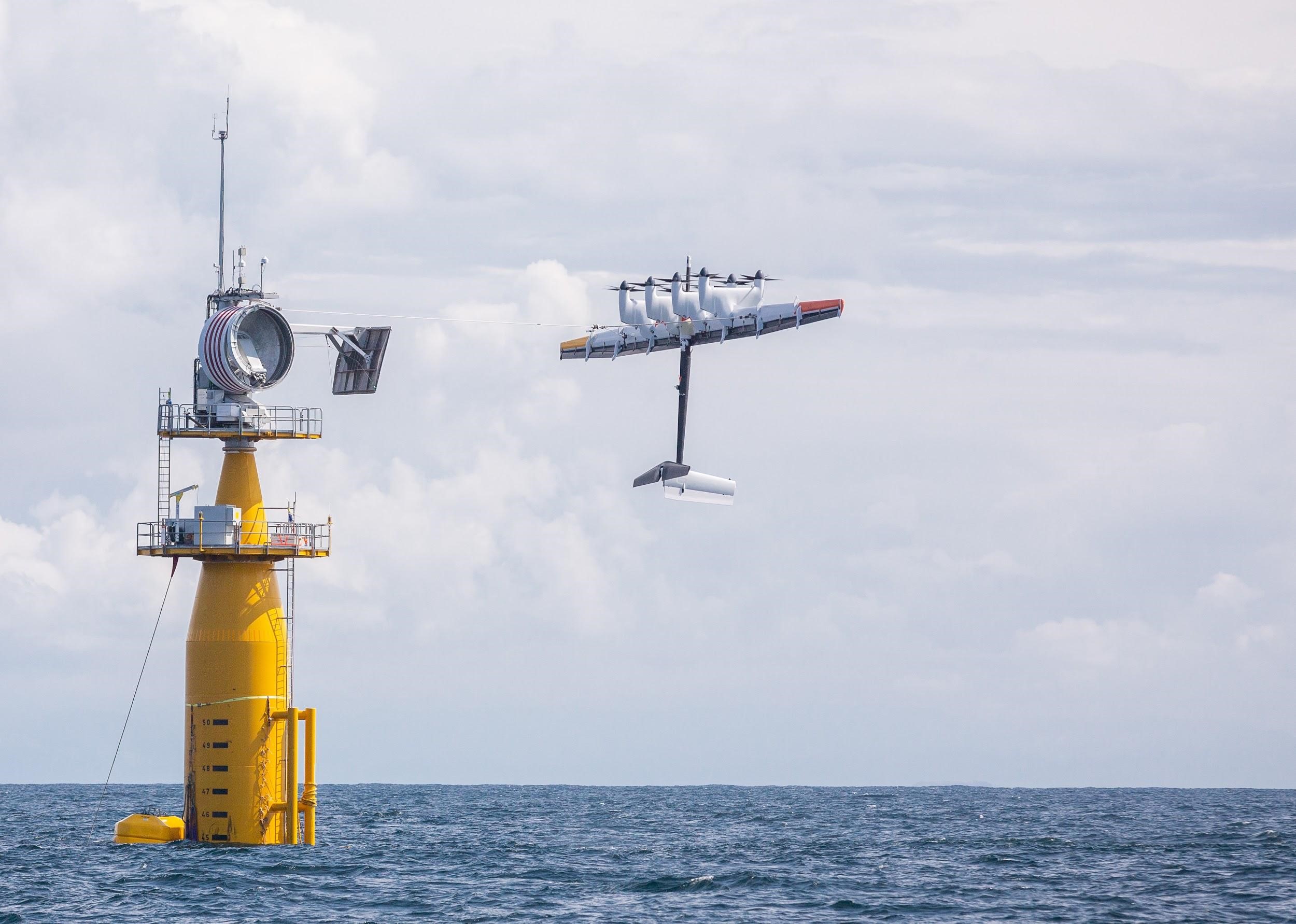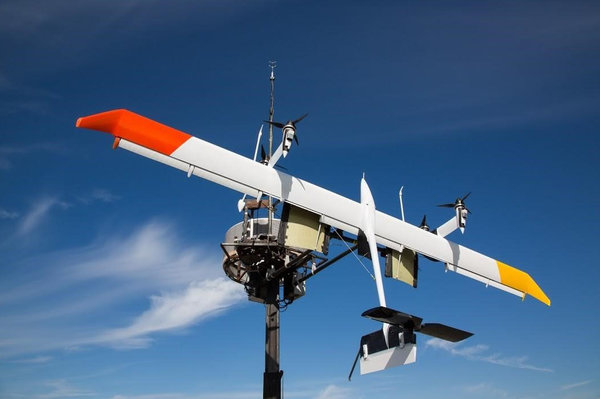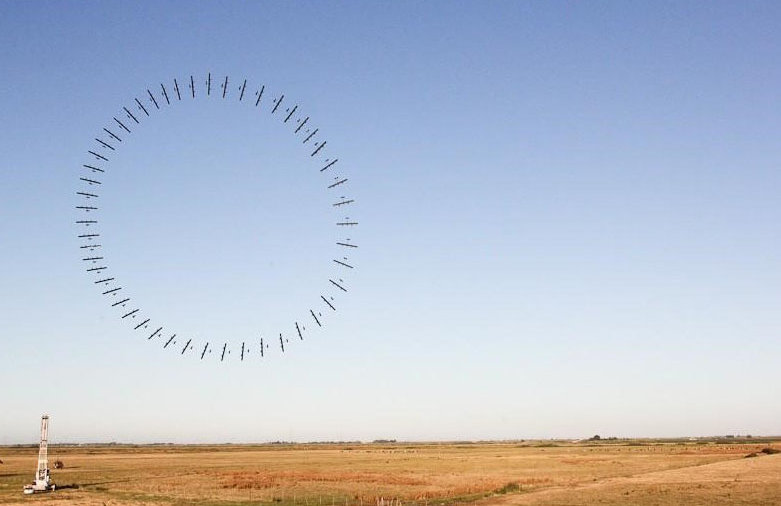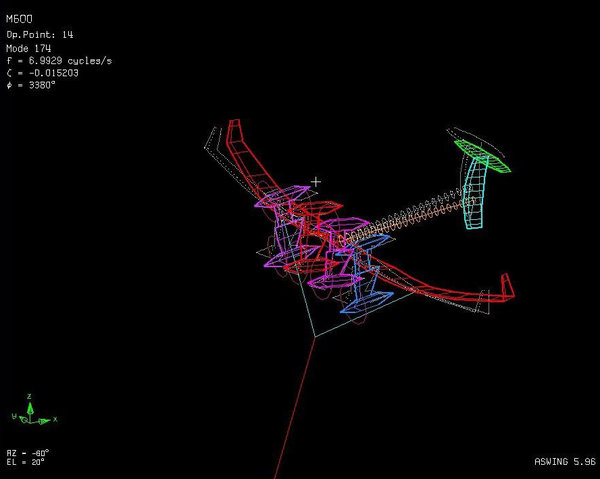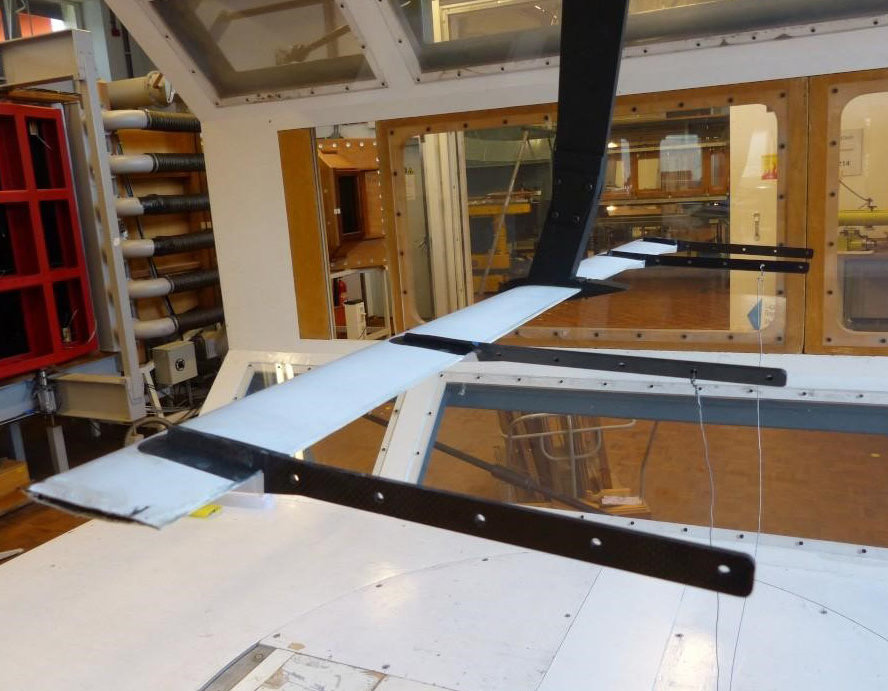13 years of Makani airborne wind energy knowledge available open source
Makani was a project at X, Alphabet’s “moonshot factory” (formerly Google[x]), and a pioneer and industry leader in the emerging field of airborne wind energy, which aims at drastically reducing the cost and environmental impact of renewable energy and in this way combat climate change. Having developed and tested an energy kite with 28 m wingspan and 600 kW electrical power first in California and then in Hawaii, the company teamed up with Royal Dutch Shell and in summer last year successfully demonstrated the offshore operation of the unique, energy-harvesting aircraft M600 in Norway.
Unfortunately, Google announced early this year to terminate Makani, after 13 years of intense development work. Although not uncommon for fast-pacing and risky high-tech development projects, the termination came as a shock to the international development community and investors. However, the initial bewilderment has recently turned to the better, because Google released a vast body of knowledge and industrial know-how in open access, including a non-assertion pledge on 127 patents. A core team of engineers and other experts had worked for several months to systematically document and archive what Makani had developed and, even more important, how it could be improved, and in this way, provided an invaluable treasure for the development community. Based on this material, agile startups like, for example, kiteKRAFT, will be able to rapidly advance the technology from the current level of up to 20 kW to several hundred kW and beyond a MW.
For the general audience, the Makani team produced a documentary “Pulling Power from the Sky - the Story of Makani” that can be watched online. With a duration of almost 2 hours, this movie covers the entire 13 years of the project, from the early beginnings in California to the final demonstration in Norway, portrays the people that worked for Makani and explores their motivation to contribute to this multidisciplinary engineering challenge. In addition to the movie, the team assembled a vast archive of video footage, photos and other materials. More for the airborne wind energy experts is the Energy Kite Report that was released in three parts (part 1, part 2 and part 3) and with more than 1000 pages represents an unprecedented compendium of detailed knowledge and know-how. And finally, the team published a software repository, containing the flight simulator, controller (autopilot), visualizer, and command center flight monitoring tools, as well as a vast amount of recorded flight data. It is also clear that the release of the information will be of use for the advancement of eVTOL (electric vertical takeoff and landing) technology.
The Kite Power research group of TU Delft has been part of this ambitious journey with two masters students, Thomas van Alsenoy and Jelle Wijnja, who both did their graduation projects at the Makani headquarters in the San Francisco Bay area. Thomas' research was about the system design of Wing7, a small scale predecessor of the large M600 and at the time the development platform for the unique airborne wind turbine concept that the company pursued.
Very similar to current eVTOL concepts, the kite was taking off and landing in a vertical orientation, using its four electrically powered rotors to provide lift. For wind energy harvesting, the rotors were operated as small onboard wind turbines. An electrically conducting tether - a key enabling component of this concept - provided power during launching and landing and transmitted the power generated onboard during energy harvesting. Following his graduation project, Thomas continued to work for Makani as hardware engineer, then transitioned through several eVTOL companies and is currently a senior systems engineer at Ike, a company in the San Francisco Bay Area that develops automation technology for the trucking industry.
Jelle investigated the aero-elastic behavior of the M600. For this, he expanded the software package ASWING by a tether model such that he was able to computationally identify flutter modes and other potentially harmful aero-structural coupling phenomena as a function of the tether attachment on the wing. Towards the end of his graduation project, Jelle and a team of Makani engineers tested a small scale model of the wing in the low-speed low-turbulence wind tunnel (LLT) of TU Delft, to validate the results of the computational analysis.
Following his graduation project with Makani in California, Jelle completed a second graduation project with Google in Amsterdam, investigating the global opportunities of airborne wind energy. This work was academically supervised by the Technology, Policy and Management (TPM) faculty of TU Delft. Jelle currently works as business consultant for Alliander in the Netherlands.
But to come back to the story of Makani - it continues: from 23-24 September, the IEA Wind Task 11 had invited the international developer community and stakeholders to a Topical Expert Meeting on airborne wind energy. The aim of this meeting was to work out a proposal for a dedicated IEA Wind task on the emerging technology. Among the roughly 80 participants were also several Makani engineers, sharing their expertise and knowledge from designing, building and testing the M600, recommending how to further advance airborne wind energy technology.
